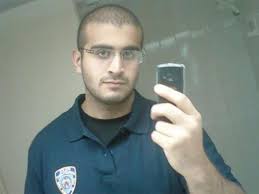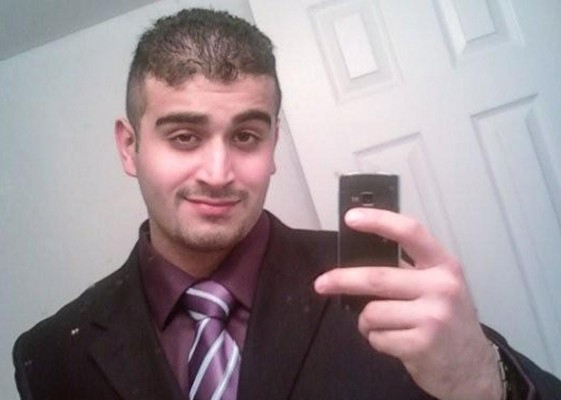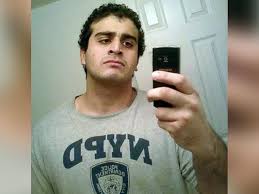Among the healthiest things you learn as a journalist is that the world is a hazy, cloudy place, rarely clear, not often black and white, where two opposites may be true at the same time, and that as things change all the time you need to move with them as they roil.
In my experience, these mass shootings teach us this over and over.
The latest wrinkle in the nauseating Orlando massacre, reported in the LA Times, is that the killer spent the previous year drinking at the gay bar he shot up, so much so that he was recognized by people he was shooting at that night. He also spent time on a gay chat app.
All this adds more nuance – predictable in all these cases as they unfold and more is known.
I think the idea that this guy may have been a closeted gay man seems to make sense; that he hated that he was gay, was violent because he hated that he was; that the shooting was in anger for what he was, venting on the people who provoked his attraction.
After all, what truly straight man goes regularly to drink alone at a gay bar? He’d been doing it for more than a year. What straight man also spends time on a gay chat app?
In that light, this Islamic thing may be as much of a cloak as anything else, a way of finding some kind of larger romantic rationale for what he was in the process of doing.
Unclear to me that he was much of a clear thinker, but that’s self-evident.
(Note: Several days after I posted this, information surfaced that Mateen may have had as many as two gay affairs and that one with a Puerto Rican man may have resulted in him being HIV+.)
I mention all this because it falls in line with other cases I’ve covered as a reporter.
I’m very happy to ascribe fanatical religious/political/terrorist motives. But as a reporter, I’ve also covered seven mass murders (Stockton, Tucson, Aurora and Newtown among them) and in each case I was one of the journalists assigned to find out as much as possible about the suspect.
In each case, I came to have a very nuanced, though at the same time quite cloudy, view of the way the person thought or appears to have thought before he died. Because in the end, that’s the truth of the matter. It lies usually quite a way from how things appeared on first blush.
In Stockton (1989, the first of these mass shootings), we thought the shooter must have harbored great hatred for Asians, as the elementary school he fired on was largely SE Asian. In time, I grew to believe that he may have had some cloudy hateful ideas about Asians, but that was the most you could probably say. In fact, he was probably incapable of holding a clear thought of any kind – this from all I learned about his life up to then, and then his motel room where he spent his last night (with little green plastic soldiers deployed all over the room and a shirt on which he had written, “Death to the Great Satin”  sic).
sic).
If anyone can tell me the clear thoughts that the shooters in Tucson, Aurora and Newtown had, I’d be very interested to hear. To me, they were all lost boys, murky in thinking, crazy, festering and unbalanced. Hence, finding a political meaning behind their actions was very difficult. We at first thought the Tucson shooter was a Tea Party member because he shot a Democratic congresswoman. Now, I can say with conviction that he was another boy out of his mind, lost, unfriended, scary to many, apolitical, and left by his parent to dangle on his own in the nether-reaches of virtual games.
This Orlando killer may have had some vague ideas of doing something for Allah and the Islamic state or (I now hear maybe) Hezbollah – I’m very willing to buy that. That’s who fanaticism wraps in its warm cloak – the lost, the embittered, the unbalanced. But the first information you get in these cases needs always to be balanced and blended with info, usually clearer, that comes later. So the stuff about his hanging out in Pulse for a year offers insight that we ought not ignore.
I can say that he does not seem like the Boston bombers, or the San Bernardino couple – all of whom were very focused, confirmed and dedicated Islamic terrorists, though perhaps technically solitary actors.
Those folks had a lot in common with Stavrogin, of Dostoevsky’s The Devils. Omar Mateen did not – at least that’s how it seems to me at this point.
Seems to me that his call to the cops about ISIS as he was shooting up the club was a way of very loudly saying, “…and just so’s you know, I’m NOT gay!”
What better way to say that than to invoke the world’s most notorious homophobes?
Then again, I’m always ready to let new facts change my mind.






